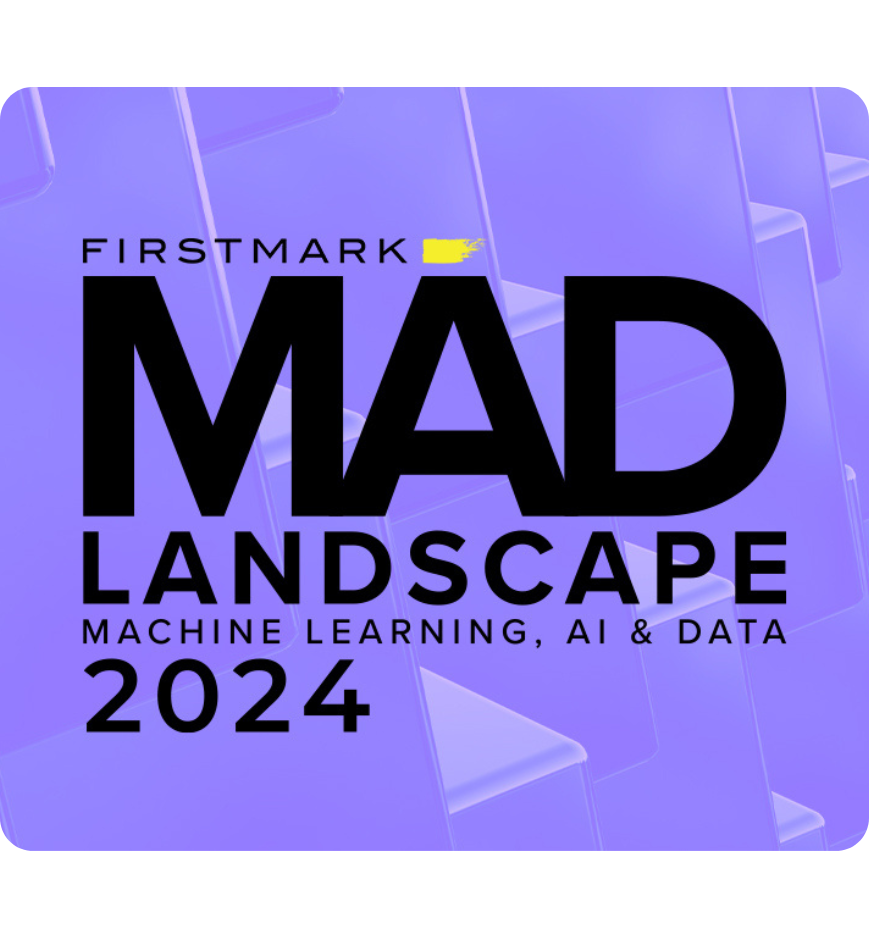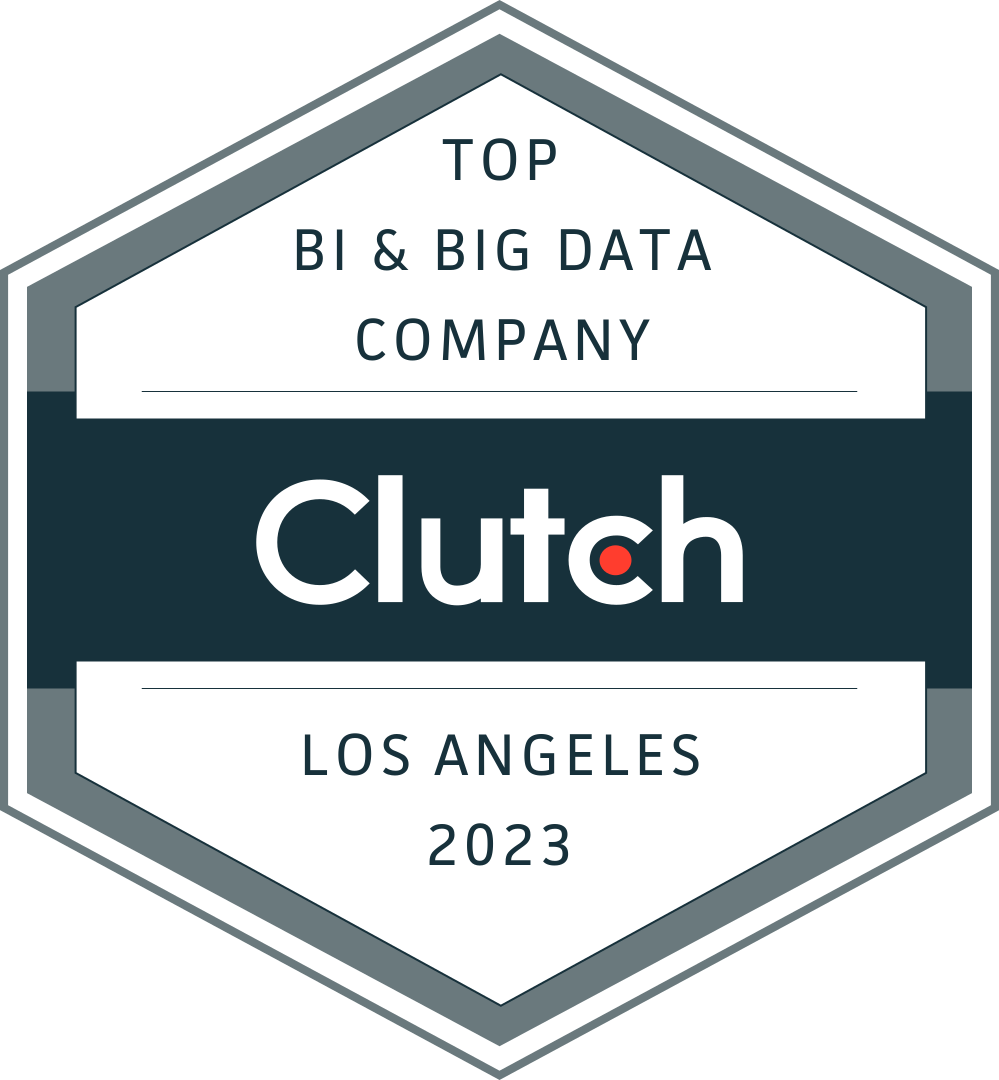
AI Chatbot Development Services
Unlock the power of AI chatbots that stay on point and deliver reliable, domain-specific answers—no hallucinations, just accurate responses tailored to your business needs.
AI Chatbot Development Services: Key insights
A custom AI chatbot is a tailored software application designed to interact with users through text or voice, providing responses and services based on specific business needs.
Unlike generic (or general-purposed) chatbots that use a one-size-fits-all approach, custom chatbots are developed using data unique to a business, enabling them to understand and respond to customer inquiries in a personalized manner.
Custom chatbot development allows for integration with existing systems, adherence to brand voice, and the ability to handle specific tasks relevant to the business, such as processing transactions or managing appointments.
Custom AI provides round-the-clock availability, ensuring that customer inquiries are addressed promptly at any time. This constant support not only improves customer satisfaction but also prevents potential lost sales that might occur due to delayed responses.
Beyond customer service, AI chatbots significantly contribute to lead generation and sales growth. By engaging website visitors, qualifying leads, and guiding potential customers towards relevant products and services, chatbots can drive higher conversion rates.
The scalability of AI chatbot solutions makes them an ideal solution for growing businesses. As customer interactions increase, chatbots can effortlessly handle larger volumes of inquiries without the need for additional resources.
Non-customized AI chatbots generally face several limitations:
Lack of Personalization
They often provide generic responses that do not cater to the specific needs or preferences of individual users, leading to less engaging interactions.
Inflexibility
Non-customized chatbot solutions may not integrate well with existing business systems, limiting their functionality and the ability to provide seamless user experiences.
Hallucinations
Large Language Models used in non-customized AI chatbots can sometimes generate responses that appear plausible but are factually incorrect or nonsensical, known as hallucinations. This can lead to the chatbot providing false information or making up answers, which can be misleading or confusing for users.
Lack of contextual awareness
While LLM-based AI chatbots can generate coherent text, they may struggle with nuanced or context-dependent queries. This can result in misinterpretation of user intent and delivery of oversimplified or irrelevant answers, which undermines their reliability.
Interpretability
LLMs’ decision-making processes can be opaque, making it difficult for users to understand how the LLM-based AI chatbots arrive at specific conclusions.
Security Risks
LLMs can be vulnerable to prompt injection attacks, where malicious users manipulate input prompts to generate harmful or illicit content. This poses significant security risks, especially as these models become integrated into more interactive chatbot applications.
Here are some key techniques for enhancing and overcoming the limitations of LLM-based chatbots:
Retrieval Augmented Generation (RAG)
RAG is a technique that combines the capabilities of pre-trained LLMs with an external data source. It allows LLMs to access relevant information to generate more accurate, up-to-date and contextually relevant responses.
RAG reduces inaccurate “hallucinated” responses by grounding outputs in relevant domain-specific knowledge.
Fine-tuning
Fine-tuning involves further training an LLM on domain-specific data to improve its understanding and response generation for a particular application. This helps overcome the limitations of generic LLMs by adapting them to the specific context and terminology of the chatbot’s use case.
Prompt engineering
Prompt engineering focuses on crafting effective prompts to guide the chatbot’s response. By designing prompts that elicit the desired information or responses from the LLM, prompt engineering can enhance the quality of interactions and mitigate issues like lack of context or irrelevant outputs.
Robust evaluation methods
Rigorous evaluation methods are crucial for identifying and addressing LLM limitations in specific use cases. Techniques like human evaluation, automated metrics, adversarial testing, fairness evaluation, and out-of-distribution testing can help pinpoint issues with nonsensical outputs, biases, and lack of generalization.
Implementing LLM-based custom AI chatbots presents several challenges that organizations must navigate to ensure effective deployment and operation.
Context retention
Unlike traditional chatbots that may have mechanisms for maintaining state, LLMs can lose track of prior interactions, leading to repeated requests for information from users. This lack of contextual awareness can frustrate users and diminish the overall experience, as they may need to reintroduce information that has already been shared.
Knowledge stagnation
Once trained, LLMs have a fixed knowledge base that does not update with new information. This limitation means that chatbots powered by LLMs may provide outdated responses, especially in fast-paced industries where information changes frequently. The inability to easily incorporate new data or retrain the model can hinder the chatbot’s effectiveness in meeting evolving user needs.
Computational resources
Training and fine-tuning LLMs require substantial computational power and resources. This can be a barrier for organizations that lack access to the necessary infrastructure or budget for high-performance computing. The complexity of managing and deploying these models can also lead to increased operational costs.
Integration complexity
Integrating LLM-based chatbots with existing business systems can be challenging. Organizations must ensure that the chatbot can communicate effectively with various databases, APIs, and software solutions. This integration process requires careful planning and execution to avoid disruptions in business operations and ensure seamless data flow.
Security and privacy risks
The deployment of LLM-based chatbots raises significant security and privacy concerns. These intelligent chatbots often handle sensitive user data, making them potential targets for cyberattacks. Organizations must implement robust security measures to protect user information and comply with data protection regulations, which can add complexity and cost to the implementation process.
At Addepto, we excel in AI chatbot development, creating tailored AI chatbots that deliver precision, relevance, and exceptional performance. Our expertise in cutting-edge technologies like Natural Language Processing (NLP), Machine Learning, prompt engineering, and Retrieval-Augmented Generation (RAG) allows us to design solutions that overcome the limitations of general-purpose language models.
Our intelligent chatbots provide accurate, domain-specific responses aligned with your business goals while addressing common challenges like hallucinations.
Beyond traditional chatbots, we incorporate advanced capabilities such as computer vision and Optical Character Recognition (OCR) into our generative AI systems. These enhancements empower conversational AI solutions to process visual data and handle complex workflows, ensuring seamless integration within your AI ecosystem.
We are not just “chatbot developers” or “chatbot development company” but AI engineers, Data Scientists, Data Engineers, and MLOps Experts who prioritize building scalable, cost-efficient, and easy-to-maintain AI solutions, including Conversational AI.
Our team focuses on fine-tuning AI models, reducing latency, and optimizing infrastructure for maximum accuracy and performance. From AI chatbot development to deployment, we deliver robust Conversational AI solutions that adapt to your business needs and deliver long-term value.
Consulting, development and implementation
At Addepto, we combine consulting expertise with technological innovation to deliver AI solutions that drive real business value. Our approach extends far beyond AI development — we deliver tailored AI strategies and solutions designed to address your organization’s unique challenges.
Consulting expertise
We begin with a comprehensive discovery phase, where our AI experts collaborate closely with SMEs and in-house teams to:
- Understand business needs: Uncover goals, challenges, and opportunities specific to the Client’s industry.
- Map existing processes: Identify workflows, assess data quality, and detect bottlenecks that hinder efficiency.
- Craft actionable AI strategy: Develop a realistic plan aligned with your timeline and budget, ensuring business impact.
This strategic groundwork ensures that every AI initiative is purpose-driven and geared toward delivering tangible results.
Technological expertise
We are not just “chatbot developers,” and Addepto doesn’t label itself as a “chatbot development company”—although designing and developing chatbots is certainly within our expertise.
At Addepto, we specialize in a wide range of AI technologies, including conversational AI:
- Generative AI for creative solutions and dynamic content.
- Machine learning for predictive analytics and decision-making.
- Natural Language Processing (NLP) for advanced text and language applications.
- Computer vision for image and video-based intelligence.
- LLM customization to create AI models tailored to your organization’s needs.
These capabilities allow us to build bespoke AI solutions, including intelligent chatbots, tuned to solve your company’s specific challenges and drive sustainable growth.
AI That’s Tailored, Not Generic
We go beyond delivering one-size-fits-all applications. Our focus is on creating systems that empower your business, streamline operations, and unlock new opportunities, making AI a transformative asset rather than just another tool.
Our clients





















Learn about our chatbot
development process
Defining objectives and use cases
Clarify AI chatbot goals: Determine the primary purpose of the chatbot (e.g., customer support, information retrieval, sales assistance).
Identify target audience: Understand who will be using the chatbot and their specific needs.
Set success metrics: Establish measurable outcomes, such as response accuracy, user engagement, and satisfaction rates.
Collecting and preparing training data
Gather relevant data: Compile a dataset that includes examples of user queries, responses, and domain-specific language.
Ensure data quality: Clean and preprocess the data to remove inconsistencies and ensure it reflects the types of interactions expected.
Selecting and customizing the LLM
Choose an appropriate model: Select a pre-trained LLM (e.g., GPT-3, BERT) that aligns with your chatbot’s requirements and available resources.
Customize the model: Enhance the model’s performance using techniques like RAG, prompt engineering, or other methods to generate relevant responses.
Developing the chatbot application
Design the user interface: Create a user interface or integrate the chatbot into existing communication tools.
Integrate with backend systems: Connect the chatbot to necessary databases, APIs, or CRM systems to enable data retrieval and processing.
Testing, deploying, and monitoring
Conduct testing: Evaluate the chatbot’s performance using real-world scenarios and gather feedback to identify areas for improvement.
Deploy the chatbot: Launch the chatbot on the intended platform (e.g., website, mobile app) and ensure it is accessible to users.


LLM-based Assistance Bot to enhance airport operations
By leveraging OpenAI’s LLMs, Addepto successfully developed a custom AI chatbot capable of performing advanced text summarization. The integration of features like text extraction, contextual summarization, and interactive quizzes demonstrates the versatility and effectiveness of LLMs in enhancing user experience and information retrieval.
AI-driven Document Generation on AWS infrastructure
We worked on AI-driven document generation using LLMs to create a scalable, personalized, and efficient document generation solution on AWS infrastructure. By automating the document generation process with LLMs, Addepto significantly reduced the time and resources required for manual document creation. This efficiency translated into cost savings for clients, making the solution not only effective but also economically viable.
We are trusted by global leaders
Hear it from our clients!
Addepto is a rapidly developing company, that observes the latest technological trends and takes full advantage of it. They offer an individual approach to each client and are open to new challenges.
Bobby Newman VP Engineering – J2 Global
They didn't just "do requirements", they investigated our needs and advised on the best processes to achieve our objectives. They were mindful of costs and gave suggestions that would be great long term solutions. But most of all, they felt like a part of our team!
CEO of SimpleCater
Addepto’s flexible team reacts to tasks rapidly.
Head of IT – SMEO S.A.




Addepto has been ranked #143 on the Deloitte Technology Fast 500 EMEA list, achieving a remarkable revenue growth rate of 1,193%!

We have been recognized as a Top AI consulting company 2024 by TrueFirms

Addepto is one of Europe's FT1000 Fastest Growing Companies 2024 according to FT

We have been listed in the annual MAD Landscape 2023 in the Data & AI Consulting category

Addepto has been listed in the annual Deloitte Technology Fast 50 Central Europe 2023 ranking


Technologies that we use


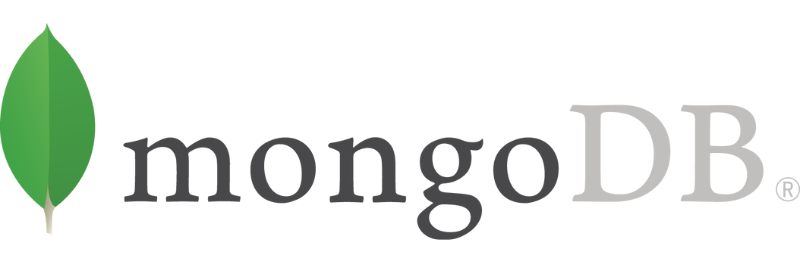
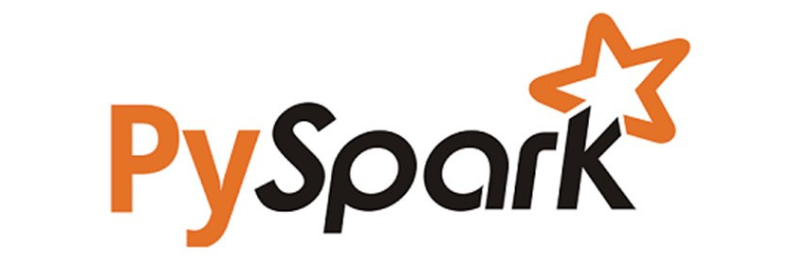




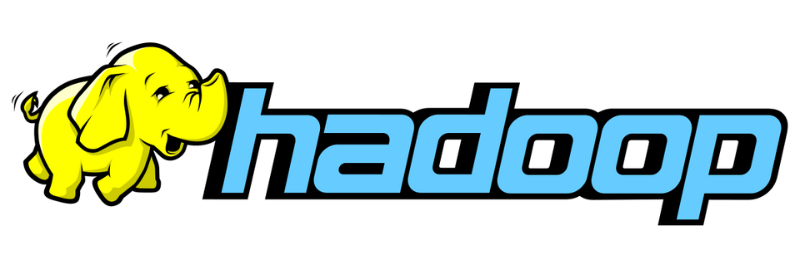


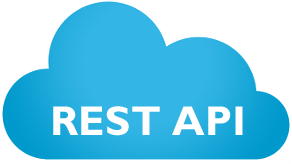
Custom AI chatbots in business: The key benefits
Custom AI chatbots in business: The key benefits
24/7 Availability
AI chatbots provide round-the-clock support, ensuring that customer inquiries are addressed at any time, regardless of business hours. This constant availability enhances customer satisfaction by reducing wait times and allowing users to receive immediate assistance, which is particularly valuable for global businesses operating across different time zones.
Cost efficiency
By automating routine tasks such as answering frequently asked questions, scheduling appointments, and processing transactions, chatbots significantly reduce operational costs. They minimize the need for extensive human customer support teams, allowing businesses to allocate resources more effectively and focus on complex issues that require human intervention.
Personalization
AI chatbots can analyze customer data to deliver personalized experiences, tailoring interactions based on individual preferences and past behaviors. This capability not only improves customer engagement but also enhances the likelihood of conversions, as chatbots can proactively recommend products or services that align with user interests.
Data Collection and Analysis
Chatbots are effective tools for gathering valuable data on customer interactions, preferences, and feedback. This information can be analyzed to identify trends and insights, enabling businesses to improve their services and make informed decisions that enhance overall customer experience and operational efficiency.
Custom AI chatbots development - FAQ
How can custom AI chatbots be integrated with existing customer service systems?
Integrating custom AI chatbots with existing customer service systems can significantly enhance operational efficiency and improve customer experiences.
Here are some key strategies for achieving this integration:
API integration – Custom AI chatbots can be integrated with existing customer service platforms through Application Programming Interfaces (APIs). This allows the chatbot to access and update customer information in real-time, manage service requests, and pull data from Customer Relationship Management (CRM) systems.
Utilizing existing knowledge bases – Integrating chatbots with existing knowledge bases allows them to provide accurate and relevant responses to customer inquiries. By accessing a repository of information, chatbots can quickly retrieve answers to frequently asked questions, troubleshoot common issues, and guide customers through processes, thereby improving response times and efficiency.
Continuous learning and improvement – Custom AI chatbots can be designed to learn from interactions and improve over time. By analyzing customer interactions and feedback, businesses can refine the chatbot’s performance, enhance its understanding of user queries, and expand its knowledge base. This iterative process ensures that the chatbot becomes more effective at addressing customer needs and adapting to changing expectations.
What are the main considerations when choosing a technology for building an LLM chatbot?
When choosing a technology for building an LLM chatbot, several key considerations should be taken into account:
Purpose and scope – Clearly defining the chatbot’s objectives and the specific tasks it needs to perform is crucial. This includes understanding whether the chatbot will handle customer support, provide information, or assist with transactions.
Model selection – The choice of the underlying LLM is critical. Different models, such as GPT-3 for general inquiries or BERT for nuanced understanding, offer varying capabilities. The decision should be based on the complexity of tasks the chatbot will handle and the quality of responses required. Evaluating the strengths and weaknesses of each model can help ensure that the right one is selected for the intended use case.
Integration capabilities – The technology should be compatible with existing systems and platforms, such as CRM software, databases, and other tools. Effective integration ensures that the chatbot can access relevant data, provide personalized responses, and maintain continuity in user interactions.
Scalability and performance – As user demands grow, the chosen technology must be able to scale accordingly. This includes handling increased user interactions without compromising performance. Evaluating the infrastructure requirements and ensuring that the technology can support future growth is essential for long-term success.
How can LLM chatbots be tailored to meet specific business needs?
LLM chatbots can be tailored to meet specific business needs through several targeted strategies, allowing them to deliver customized experiences aligned with organizational goals. A key approach is the customization of training data, where businesses fine-tune large language models (LLMs) using their proprietary data, including industry-specific terminology, customer interactions, and frequently asked questions. By training the chatbot on this specialized dataset, it can better grasp the nuances of the business context, enabling it to provide more relevant and context-aware responses. This fine-tuning ensures that the chatbot caters precisely to the unique requirements of the organization and its customers.
Another critical factor is integration with existing systems, such as customer relationship management (CRM) platforms, knowledge bases, and other enterprise tools. By connecting the chatbot to these systems, businesses enable it to access real-time data, allowing it to deliver accurate and up-to-date information during customer interactions. This seamless integration also ensures that the chatbot can align its responses with current company policies, recent customer activities, and specific data points, resulting in more personalized and effective communication. Furthermore, advanced architectures like Retrieval-Augmented Generation (RAG) can be leveraged to enhance the chatbot’s capability to provide contextually relevant responses while ensuring data security.
How can businesses ensure their LLM chatbots are not generating misinformation?
To ensure that LLM chatbots do not generate misinformation, businesses can implement several strategies that focus on both the quality of input data and the controls placed on the chatbot’s outputs. One key approach is curating high-quality training data. By using verified, domain-specific datasets, businesses can reduce the risk of chatbots producing inaccurate or misleading responses. For example, in fields like healthcare, training LLMs exclusively on validated medical texts ensures that responses are more accurate and trustworthy. Restricting the model’s exposure to unreliable sources helps maintain the integrity of the information it generates.
Another critical measure involves implementing guardrails to monitor and filter the chatbot’s outputs. This includes setting up systems that detect and prevent the generation of harmful or misleading content. Just as social media platforms employ content moderation tools, LLM chatbots can be equipped with classifiers that flag or block outputs that violate predefined content standards. These guardrails ensure that the chatbot adheres to ethical guidelines and reduces the chances of generating false or potentially harmful information. Additionally, continuous monitoring and feedback loops play an essential role in maintaining accuracy. Regularly reviewing chatbot interactions, gathering user feedback, and analyzing potential errors enable businesses to refine the model’s responses and improve its contextual understanding. This iterative process supports ongoing improvements and helps catch misinformation before it escalates.
Lastly, user education and transparency are crucial in mitigating the impact of any misinformation that does slip through. Businesses should clearly communicate the limitations of LLM chatbots, informing users that while the chatbot aims to provide accurate information, it may occasionally be wrong. Providing disclaimers and offering users options to verify information through trusted sources can enhance transparency and foster trust. By combining these strategies, businesses can effectively minimize the risk of misinformation, enhancing the reliability and credibility of their LLM chatbots while ensuring a positive user experience.
What are NLP tools?
Some of the most popular NLP tools are:
- NLTK (Natural Language Toolkit)
- Aylien
- Stanford Core NLP
- SpaCy
- TextBlob
- Apache OpenNLP
- GenSim
How LLMs integrate with machine learning
Large Language Models (LLMs) can be effectively combined with machine learning (ML) to enhance various applications and improve overall performance.
This integration leverages the strengths of both technologies, allowing for more sophisticated data processing and decision-making capabilities:
- Enhanced data processing
LLMs excel at understanding and generating human language, making them ideal for preprocessing tasks. They can automate data cleaning, standardize formats, and transform unstructured text into structured data, streamlining the preparation for ML models. - Improved predictive analytics
By analyzing textual data (like customer feedback), LLMs can provide insights that enhance the predictive capabilities of ML models. This integration allows for more accurate predictions by considering a wider range of factors. - Automation of complex tasks
LLMs can simplify complex tasks that typically require extensive ML pipelines. For example, they can classify emails or generate responses without needing custom ML models, saving time and resources. - Continuous learning
LLMs can adapt to new data in real-time, allowing them to stay relevant in fast-changing environments. Techniques like Retrieval Augmented Generation (RAG) enable them to incorporate up-to-date information into their responses.
How can hiring a tech partner reduce the overall cost of LLM implementation?
Hiring a tech partner can significantly reduce the overall cost of LLM implementation for businesses, especially small and medium-sized enterprises, in several ways:
- Faster access to expertise
- Lower upfront costs
- Reduced infrastructure expenses
- Scalability and flexibility
- Risk mitigation
- Ongoing maintenance and updates
- Optimized model performance
Our clients






















Check out our other services
check
check
check
